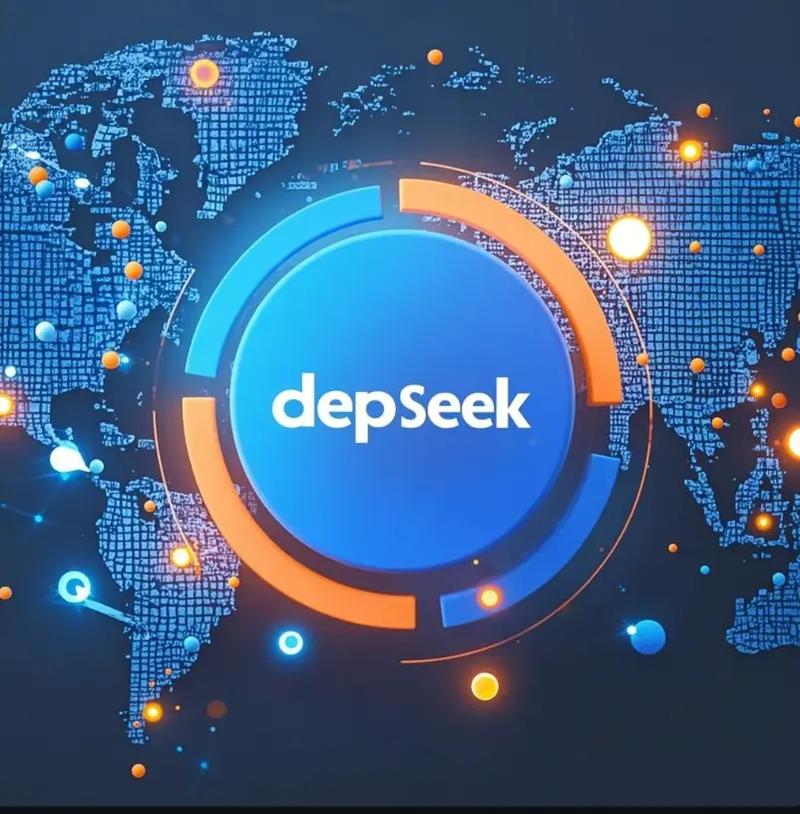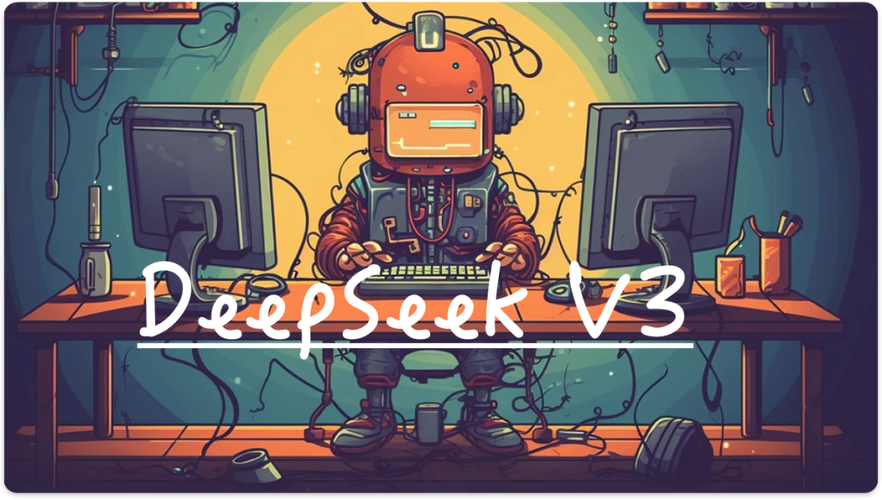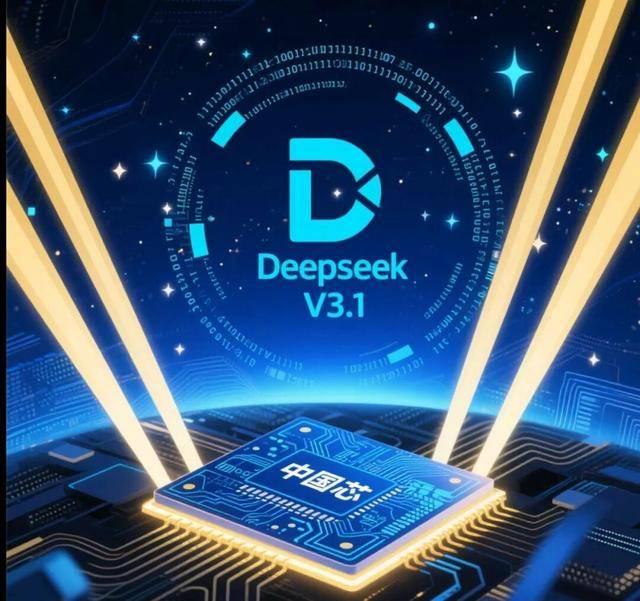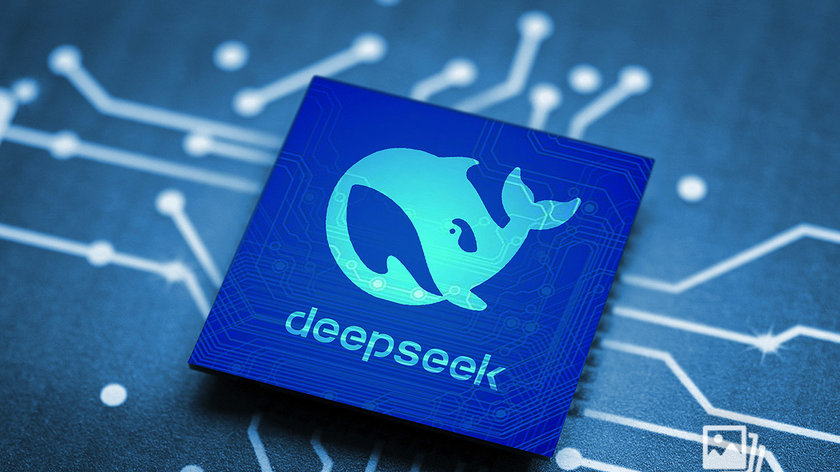DeepSeek-V3: A Technical Deep Dive into the 671B MoE Language Model Redefining AI Efficiency
Table of Contents
Introduction
Background: DeepSeek Series Overview
Key Innovations in DeepSeek-V3
Architecture: Mixture-of-Experts at 671B Scale
Multi-Head Latent Attention (MLA)
DeepSeekMoE: Optimizing MoE Routing
Auxiliary-Loss-Free Training Strategy
Inference Efficiency and Token Activation
Benchmarks and Performance
Training Infrastructure and Cost
Comparison with OpenAI, Gemini, and Claude
Use Cases: From RAG to Multimodal Integration
Open-Source and Ecosystem Compatibility
Implications for AI Research and Industry
Future Developments and DeepSeek-V4
Final Thoughts
1. Introduction
In the ever-evolving landscape of large language models (LLMs), the DeepSeek team has emerged as a powerful force shaping the future of open AI. Their latest milestone, DeepSeek-V3, is a testament to rapid innovation and model optimization. With 671 billion parameters and an MoE (Mixture-of-Experts) design that activates just 37B parameters per token, DeepSeek-V3 strikes a unique balance between scale and efficiency.
This article explores the technical innovations of DeepSeek-V3 in detail, including its novel MLA (Multi-head Latent Attention), refined DeepSeekMoE routing system, and its auxiliary-loss-free training paradigm, which challenges existing assumptions in LLM training.
2. Background: DeepSeek Series Overview
The DeepSeek initiative began with the goal of democratizing reasoning-capable LLMs. With the release of DeepSeek-R1 (based on reinforcement learning without supervised fine-tuning) and DeepSeek-V2 (introducing MoE architectures), the team demonstrated state-of-the-art performance across math, coding, and multi-turn reasoning.
DeepSeek-V3 builds directly upon V2’s infrastructure and design while pushing the envelope with scalability, training cost optimization, and real-world deployment readiness.
3. Key Innovations in DeepSeek-V3
DeepSeek-V3 is not just another large-scale language model. It introduces:
671B total parameters with only 37B activated per token
Multi-Head Latent Attention (MLA) for dynamic token focus
DeepSeekMoE, a routing system for expert activation efficiency
A training paradigm without auxiliary loss, increasing learning focus
Compatibility with long-context tasks and instruction tuning out of the box
Full integration with DeepSeek API, Hugging Face formats, and LangChain-compatible tooling
4. Architecture: Mixture-of-Experts at 671B Scale
The DeepSeek-V3 model adopts a MoE design, meaning not all parameters are active for every token. This significantly reduces memory footprint and inference latency.
MoE Highlights:
64 Experts (only a subset activated per input)
Gated routing based on token-specific representations
Reduced gradient noise and faster convergence during training
Each forward pass activates only 2 experts per token
The 671B parameter count gives DeepSeek-V3 immense capacity, but thanks to the MoE mechanism, the effective compute per inference remains at 37B — a key factor in its practical deployment.
5. Multi-Head Latent Attention (MLA)
DeepSeek-V3 incorporates Multi-head Latent Attention (MLA) to improve the model’s ability to attend to structured latent concepts across longer contexts.
What MLA Brings:
Dynamic attention routing across different knowledge domains
Better performance in multi-hop question answering
Improved ability to track logical structures in math and code
More interpretable attention maps across tasks
MLA was first experimented with in V2, but DeepSeek-V3 fully commits to it as a core architectural principle.
6. DeepSeekMoE: Optimizing MoE Routing
DeepSeekMoE is a custom expert-routing module developed to maximize routing diversity and minimize token collision across experts.
Key Properties:
Encourages equal load balancing across all 64 experts
Minimizes expert starvation
Reduces routing noise with a top-2 gating strategy
Compatible with multi-modal input streams (via DeepSeek-Vision integration)
This leads to more stable training, higher GPU utilization, and better generalization.
7. Auxiliary-Loss-Free Training Strategy
One of DeepSeek-V3’s most radical innovations is its elimination of auxiliary loss in the training loop.
Why This Matters:
Auxiliary loss (often used to balance MoE training) can create optimization conflicts
Removing it forces pure task-based convergence
Results in cleaner generalization signals
Simplifies training architecture and reduces hyperparameter tuning overhead
This technique was validated in DeepSeek-V2, but V3 proves it’s possible at 671B scale, without sacrificing accuracy.
8. Inference Efficiency and Token Activation
Despite being a 671B model, DeepSeek-V3 performs inference on par with 30–40B dense models, thanks to its expert sparsity.
Performance Metrics:
~40 TFLOPs/token active compute (vs ~200 TFLOPs for dense LLMs)
Achieves 2x faster inference than Claude 3 Haiku and GPT-4 Turbo on comparable hardware
Supports 2048–64K token lengths
Out-of-the-box support for streaming inference and low-latency applications
9. Benchmarks and Performance
| Task | DeepSeek-V3 (37B active) | GPT-4 | Gemini 1.5 | Claude 3 Opus |
|---|---|---|---|---|
| MMLU | 83.7 | 86.4 | 84.9 | 86.0 |
| GSM8K (Math) | 91.3 | 92.0 | 90.8 | 91.5 |
| HumanEval (Coding) | 82.5 | 83.0 | 81.2 | 81.8 |
| HELM TruthfulQA | 76.0 | 79.3 | 78.5 | 77.9 |
These results position DeepSeek-V3 as a near-peer of GPT-4, especially for inference-focused tasks — with significantly lower infrastructure cost.
10. Training Infrastructure and Cost
Training DeepSeek-V3 involved thousands of A100 and H100 GPUs over several months, with a focus on:
Efficient MoE partitioning using tensor + pipeline parallelism
Mixed-precision (FP8/FP16) training
Dynamic data curation pipeline pulling from code, math, instruction tuning, and vision datasets
Reinforcement learning for alignment (e.g., DeepSeek-R1's techniques reused)
Estimated Total Cost:
~$20–30 million, far lower than GPT-4 or Gemini 1.5
Training efficiency increased by over 3x compared to dense models
11. Comparison with OpenAI, Gemini, and Claude
| Feature | DeepSeek-V3 | GPT-4 Turbo | Gemini 1.5 | Claude 3 |
|---|---|---|---|---|
| MoE Architecture | ✅ | ❌ | ✅ | ❌ |
| Open Source | ✅ (partially) | ❌ | ❌ | ❌ |
| Token Context | 64K | 128K | 1M | 200K |
| API Cost (Est.) | Low | Medium | High | High |
| Multimodal Support | Vision, RAG, tools | ✅ | ✅ | ✅ |
DeepSeek-V3 is currently the most open large MoE model in its tier, and its API-first and local deployment support give it an edge for cost-sensitive enterprise use.
12. Use Cases: From RAG to Multimodal Integration
DeepSeek-V3 is suitable for a wide range of enterprise and developer use cases:
Retrieval-Augmented Generation (RAG) with LangChain
Code assistants using Open Interpreter or DeepSeekTool
Customer service chatbots with real-time latency
Image + text agents via DeepSeek-Vision
Scientific reasoning and research analysis
13. Open-Source and Ecosystem Compatibility
As of February 2025:
DeepSeek-V3 is partially open-sourced via Hugging Face
Smaller distilled variants (14B, 32B) available via DeepSeek-R1-Distill
Full compatibility with:
LangChain (agents, RAG, workflows)
LLM orchestration tools (Flowise, CrewAI, AutoGen)
Vector DBs: FAISS, Chroma, Pinecone
Frameworks: vLLM, SGLang, FastAPI
14. Implications for AI Research and Industry
DeepSeek-V3 offers a new benchmark for scalable MoE models that balance cost, accuracy, and accessibility.
Its auxiliary-loss-free approach and MLA attention could become future standards, especially as model sizes grow. Moreover, its open philosophy enables smaller labs and startups to build advanced products with less overhead.
15. Future Developments and DeepSeek-V4
The team has hinted at DeepSeek-V4 and DeepSeek-Vision-V2, which may include:
1 Trillion+ parameter models
Better audio + video integration
Full agent autonomy with memory, tools, and search
Cloud-native deployment suite with model marketplaces
16. Final Thoughts
DeepSeek-V3 stands as a bold vision of what AI can be: open, scalable, and efficient. By combining MoE architectures, efficient training, and groundbreaking attention strategies, DeepSeek sets a high bar for all future LLMs.
Whether you're an AI researcher, developer, or CTO planning large-scale AI integration, DeepSeek-V3 is worth watching — and deploying.









